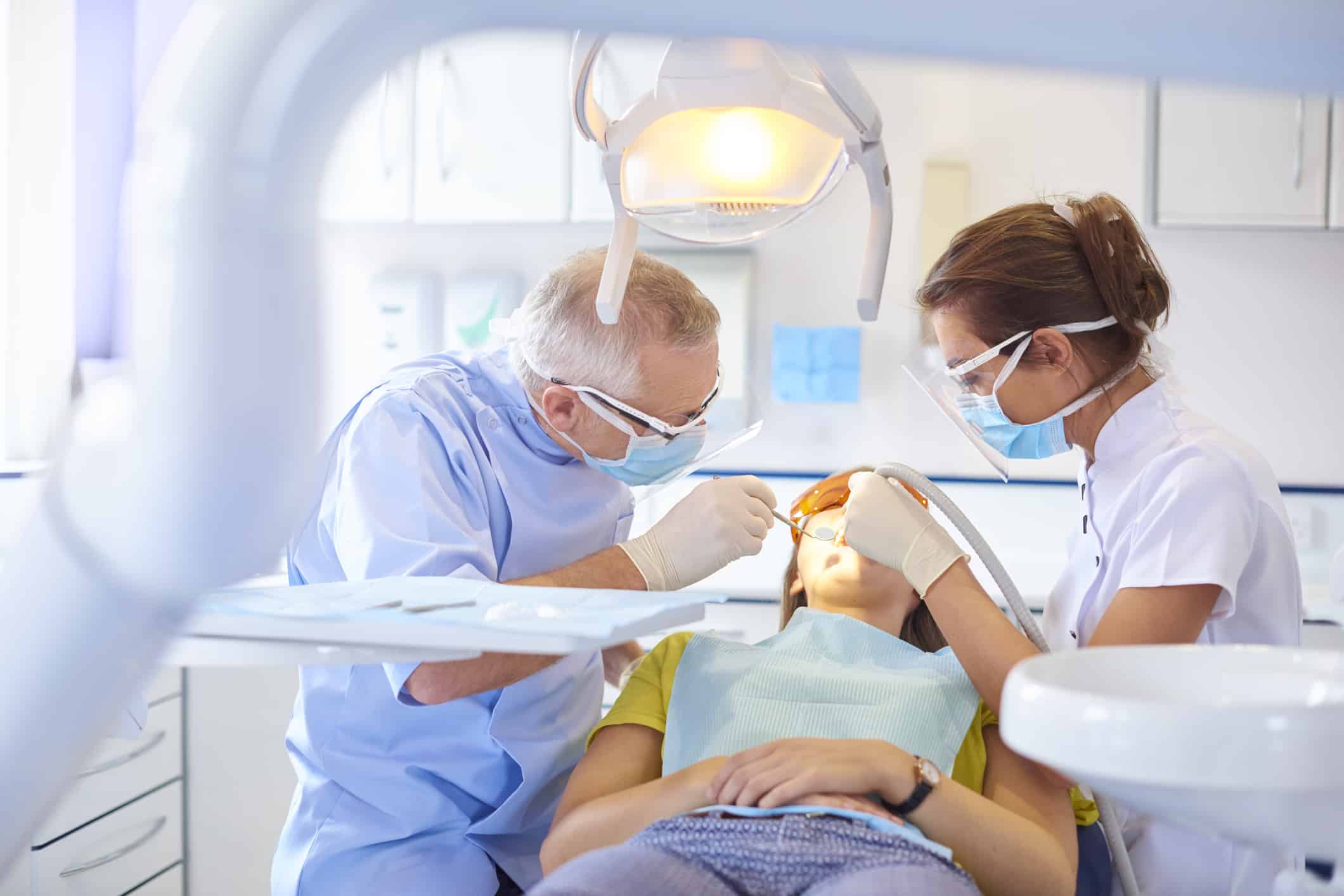Getting dental implants in Saskatoon involves several steps. Following a careful assessment of the health and condition of your gums, teeth and jaw to confirm you’re a good candidate for implants and to develop a precise treatment plan, the first major step in the process is surgery to place the implants.
The answer to the question “Do you need anesthesia while getting dental implants?” is a short and simple one: Yes. Dental surgery should never be performed without providing anesthesia to the patient to minimize discomfort and pain and to make the procedure safer for you and your dentist by putting you into an appropriate level of physical and emotional relaxation.
Implant surgery requires making an incision in your gums, removing some material from your jaw to accommodate your implant, the placement of the implant into your jaw and placing stitches to close the surgical area. None of those steps should be performed without some level of carefully planned and expertly administered anesthetic.
The next question is “What type of anesthetic is appropriate?” Answering that question is possible only after carefully reviewing your medical history and the complexity and duration of the planned procedure. There are, however, four main options (ranging from providing the mildest to most significant level of pain prevention and sedation).
Four options for anesthetic and sedation during implant surgery
Local anesthetic is applied to the areas being treated either topically (on the surface) or via injection. Local anesthetic typically takes effect within 10 minutes and lasts for half an hour to an hour. Local anesthetic eliminates any sensations of pain and discomfort in the treated area. You’ll remain completely awake and alert, but will feel nothing. Patients undergoing dental surgery always receive local anesthetic. The question then becomes whether any additional sedation is provided, and what type.
A combination of local anesthetic and nitrous oxide (laughing gas) prevents you from feeling any pain and discomfort in the treated area and places you in a mild state of relaxation. Laughing gas is inhaled through a mask or tube placed below your nostril. With laughing gas, you remain awake but in an anxiety-free state.
A combination of local anesthetic and intravenous (IV) sedation provides a deeper level of relaxation. IV sedation is administered into your bloodstream through an IV. With IV sedation, patients are completely unaware of the procedure being performed and are both pain-free and anxiety-free. IV sedation takes much longer to wear off than laughing gas.
General anesthesia involves the anesthetization of your entire body. When you are under general anesthesia, you are completely unconscious. General anesthesia is not administered in a typical dental office, but only performed at surgical clinics with medical supervision. Performing dental implant procedures under general anesthesia is very uncommon and rarely necessary. It’s a level of sedation usually reserved for extensive facial surgery or complex reconstruction procedures. Combinations of local anesthetic and nitrous oxide or IV sedation are more common and almost always sufficient to ensure relaxation and freedom from pain.
The development of your dental implants treatment plan will include several conversations about what to expect at every step of the process, and how to ensure that you are as comfortable and relaxed as possible. If you’re investigating the appropriateness of getting dental implants, don’t hesitate to ask our dentist in Saskatoon about sedation and pain-relief options their clinic has available to ensure you’re as comfortable as possible.
